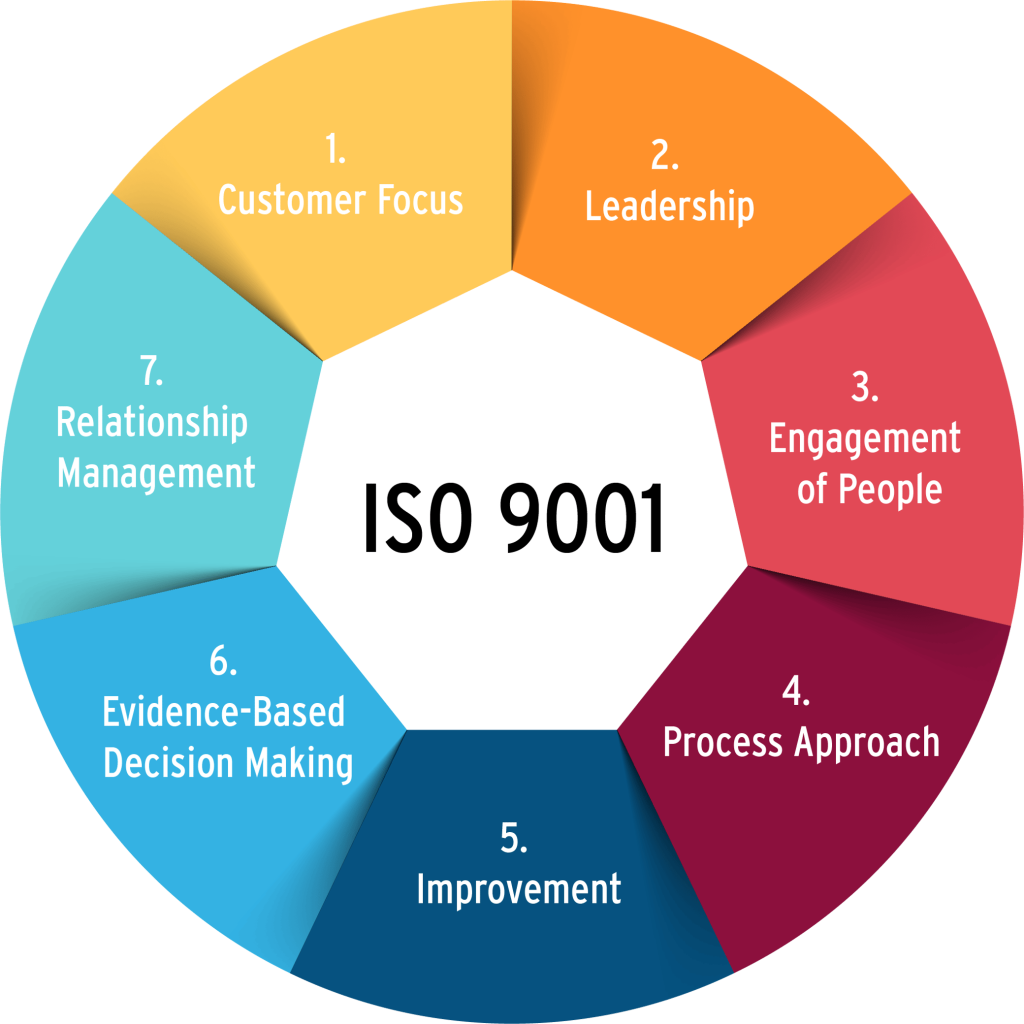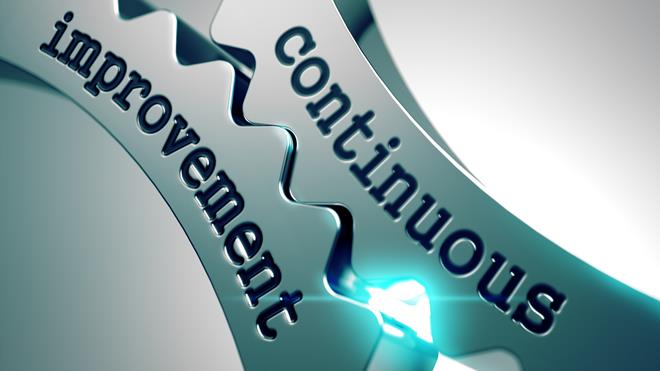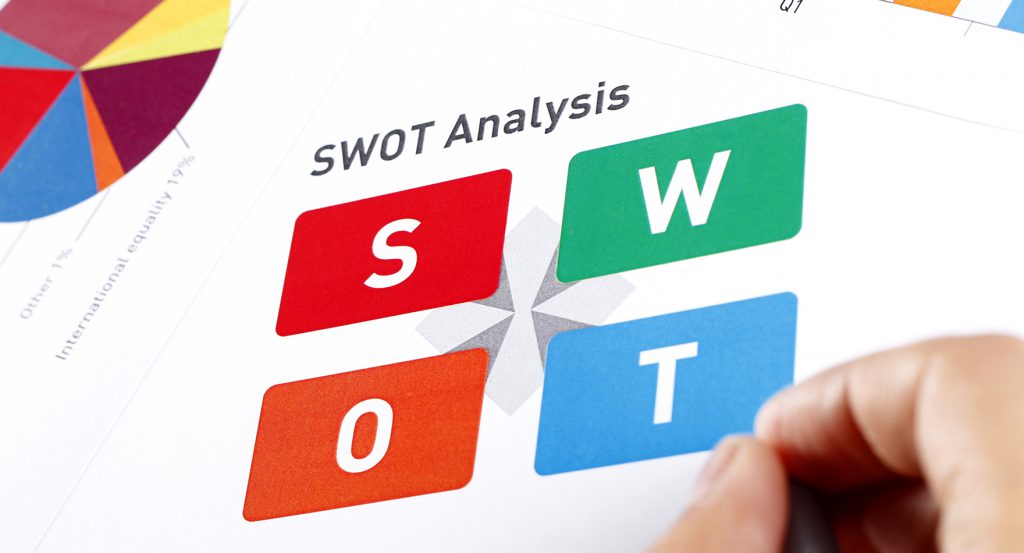
ISO 9001: Elevating Excellence in Quality Management
Quality Management ISO 9001 is an internationally recognized standard that plays a vital role in elevating excellence in quality management. In today’s highly competitive business
AKAP Accreditation Organization


Continuous improvement, sometimes called continual improvement, is the ongoing improvement of products, services or processes through incremental and breakthrough improvements. These efforts can seek “incremental” improvement over time or “breakthrough” improvement all at once.
Continuous improvement is a method for identifying opportunities for streamlining work and reducing waste. The practice was formalized by the popularity of Lean / Agile / Kaizen in manufacturing and business, and it is now being used by thousands of companies all over the world to identify savings opportunities.
Continuous improvement can be viewed as a formal practice or an informal set of guidelines. Many companies have shifted focus to more formal approaches to project and process management such as Lean / Agile methodologies (Kanban, Kaizen, Scrum, XP).
Reduce project costs and prevent overages
It’s important for a project manager to know the cost of completing a body of work. For this reason, most project management offices benefit from knowing the amount of time it takes to get certain types of work done. Project managers can reduce project cost and prevent overages using Forecasting Software. Forecasting (versus estimating) whether a project’s constraints are likely to be broken is one way in which project management offices can increase their overall effectiveness for the company.
Sacrificing quality can rarely be justified by the ability to do something faster or cheaper. To maintain quality standards while cutting time and cost, companies turn to Lean ways of working, including continuous improvement.
Continuous Improvement is now being practiced in virtually every industry to varying degrees of success. However, certain companies seem to have Continuous Improvement hard-coded into their DNA. These companies appear to have no close competition and still blazing ahead at the speed of light.

Quality Management ISO 9001 is an internationally recognized standard that plays a vital role in elevating excellence in quality management. In today’s highly competitive business

What does SWOT stand for? SWOT stands for Strengths, Weaknesses, Opportunities, and Threats, and so a SWOT Analysis is a technique for assessing these four aspects of your